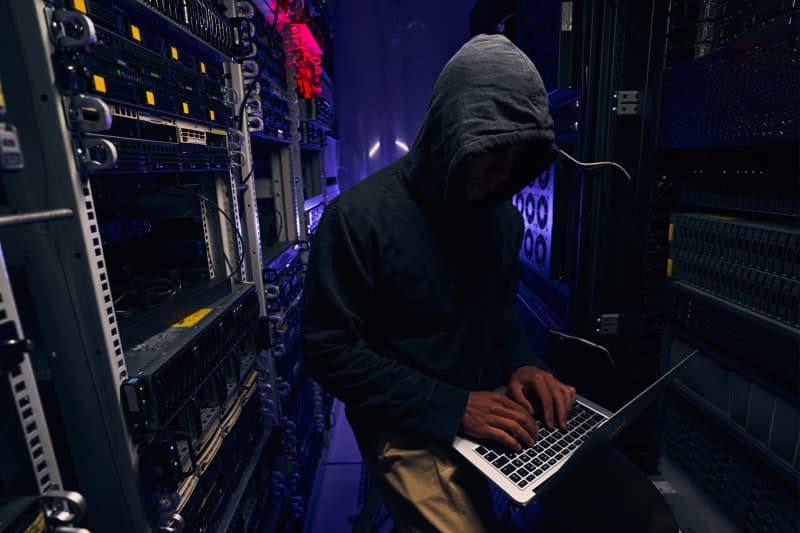Sony, a technology giant, has recently grappled with a series of cyber-attacks, leaving a lasting impact on its reputation. This article delves into the details of these breaches, highlighting the importance of managed cyber security services, effective communication, and continuous learning for organizations facing similar threats.
A History of Breaches
Sony’s recent cyber-attacks include the MOVEit breaches in October, orchestrated by ransomware attackers Cl0P, leading to the theft of personal information from 6,800 Sony Interactive Entertainment employees. In September, the now-defunct group RansomedVC claimed responsibility for breaching a server in Japan, exposing data related to internal testing for Sony’s entertainment, technology, and services arm. These incidents echo Sony’s past breaches in 2011 and 2014, underscoring the persistent challenges organisations face in securing sensitive information.
The Vulnerability to Multiple Attacks
Sony’s experiences serve as a stark reminder of the vulnerability of organisations to multiple cyber-attacks. This highlights the need for companies to recognise the possibility of repeated breaches, acknowledging that Sony’s challenges are not unique.
The Crucial Role of Reputation Management
Timely and transparent communication is paramount in managing the aftermath of a cyber-attack. Sony’s response to the MOVEit breach, involving notification of affected individuals, collaboration with law enforcement, and offering credit monitoring, exemplifies a commitment to openness and transparency. This underscores the significance of effective reputation management in the face of cybersecurity incidents.
Ransom Dilemmas and Strategic Responses
Despite official advice against paying ransoms, some organisations, including Sony, choose to resist. Understanding the creative tactics employed by attackers, such as the threat to leak already-public data, is crucial in handling ransomware negotiations. Sony’s strategic response to such dilemmas provides valuable insights for organisations navigating similar challenges.
Beyond Patching: Comprehensive Security Measures
While patching is fundamental, it cannot prevent all cyber-attacks. The MOVEit hack, for instance, could not have been thwarted through patching alone. Organisations must move beyond patching and implement robust controls, policies, and training. Measures such as multi-factor authentication, monitoring systems, and ongoing employee education are critical components of a comprehensive cybersecurity strategy.
Continuous Learning from Breaches
Acknowledging that most organisations may face breaches at some point, learning from these incidents is imperative. Sony’s commitment to continuous monitoring of its systems sets a precedent for others. Organisations should prioritise enhancing cybersecurity hygiene, implementing protective measures, and fostering a culture of security awareness.
Expert Insights
Jack Peters – Customer Solutions Architect at M247
Jack Peters sees the latest Sony breaches as an opportunity for other companies to learn. “Understand how this occurred in the first place and ensure your own systems and supply chains are secure and can’t be accessed by opportunists looking to exploit them”, he says. Additionally, looking at how Sony has managed the fallout, he thinks organisations must ensure their own incident response plans are bulletproof “so they can take immediate and effective action should they be subject to a similar attack.”
What You Can do to Protect You Business
To make sure you business is protected against cyber-attacks, fill out our cyber risk assessment form . Here, we can identify the gaps and understand what can be done to close off any potential threats.




